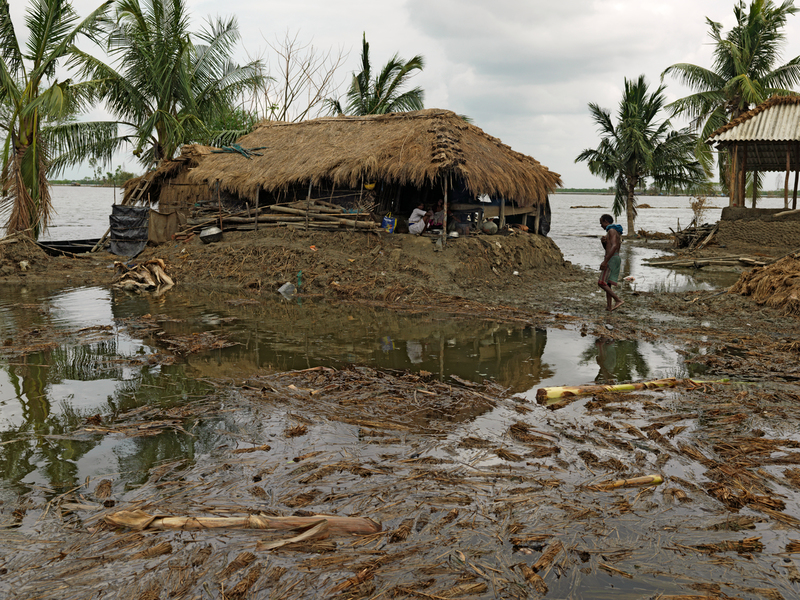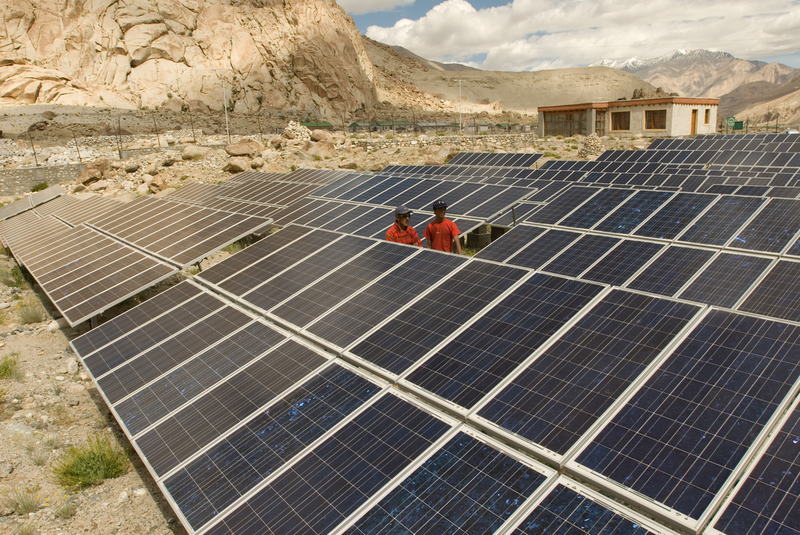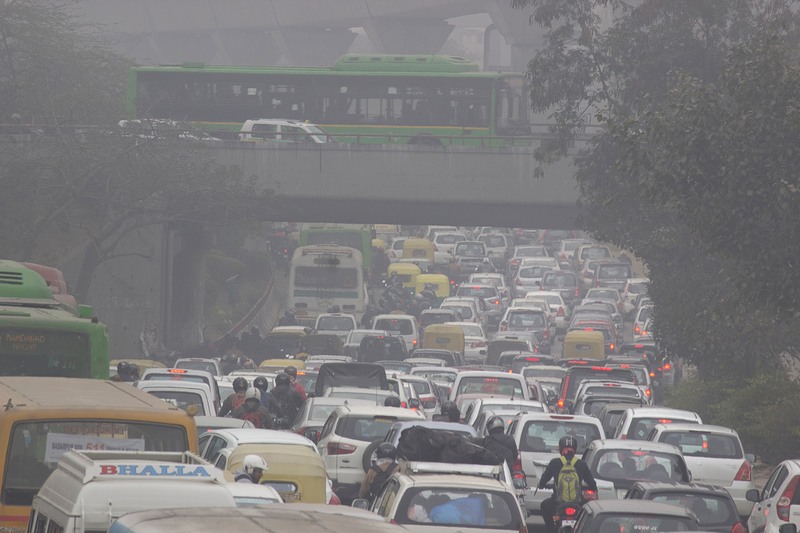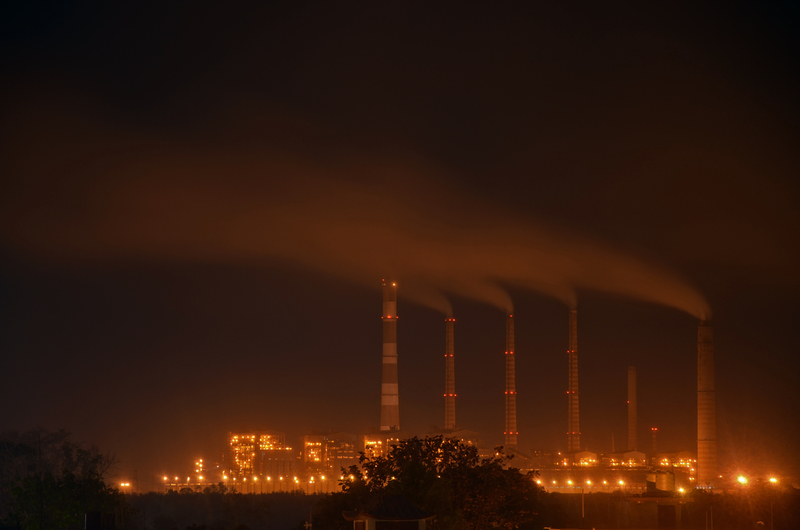1. Focus on climate adaptation

Multiple extreme weather events like floods, heatwaves, drought, forest fires and cyclones claimed hundreds of lives over the past year in the country. India has ‘high risk of physical exposure to climate change’, according to a McKinsey report. This means we need to invest more in making our communities more resilient to climate change-related incidents. A comprehensive climate adaptation plan should include creating climate-resilient livelihoods, infrastructure and public transport. A recent report estimated India to have suffered an average annual loss of USD 87 billion from extreme weather events. India is spending less than 1% of its budget on environmental issues. At least 4% of the total budget needs to be spent on the environment and to help rural and urban communities mitigate and adapt to climate change.
2. Increased investment in clean energy

India’s ambitious clean energy targets have been acknowledged worldwide. But, significant hurdles remain – India’s rooftop solar installation target of 40GW by 2022 is lagging behind and likely to miss the 2022 deadline. In the Union budget 2021-22, the center has allocated more money (19,246 crore) to the coal ministry than renewable energy (11,778 crore). This trend needs to be changed. The government must increase the budget for renewable energy in the country and support decentralised clean energy solutions like battery storage, rooftop solar, solar charging stations, etc that provide universal energy access and reduce the demand for coal-powered electricity.
3. Increased investment in clean transport

Investments in efficient public transport systems that are fuelled by renewable energy can transform Indian transport, reduce emissions and clean the air in our cities. India has significant plans to move towards decarbonised transport, however, achieving these targets will require increased investment and continued support in improving infrastructure to encourage sustainable modes of transport among citizens. In the Union Budget 2021-22, the government has allocated 18000 crore for building public transport. This was clearly not enough and there should be a separate fund introduced to build a network of public buses in cities.
4. Increased investment in ecological agriculture practices

Ecological farming practices including organic must be encouraged that are beneficial for farmers, release less emissions and focus on crops that are climate resilient and climate adaptive. Special minimum support prices for organic produce and incentivising sustainable farmers for their environmental services is essential. Investments need to be made in developing regional repositories of folk heirloom seeds of vegetables and less resource-intensive grains and their varieties and sustainable agriculture to address the threat to food security posed by increased extreme weather events.
5. Increased investment to mitigate air pollution

470 crores were allotted to the National Clean Air Programme (NCAP) under the “Control of Pollution” project. Greenpeace India’s Airpocalypse 2020 report found that 231 cities are exceeding the air pollution limits set by the CPCB under our National Ambient Air Quality Standards. All these polluted cities need to be included in the NCAP to tackle the public health crisis that hazardous air pollution causes. This move requires increased budget allocation for pollution control.
According to a Mckinsey report, India will have to spend $600bn annually for 30 years to meet the net-zero target announced by PM Modi at COP26. While India would require timely access to climate finance from developed nations to make these changes, commitments through domestic allocations are significant in ensuring we reach the set targets in time.
